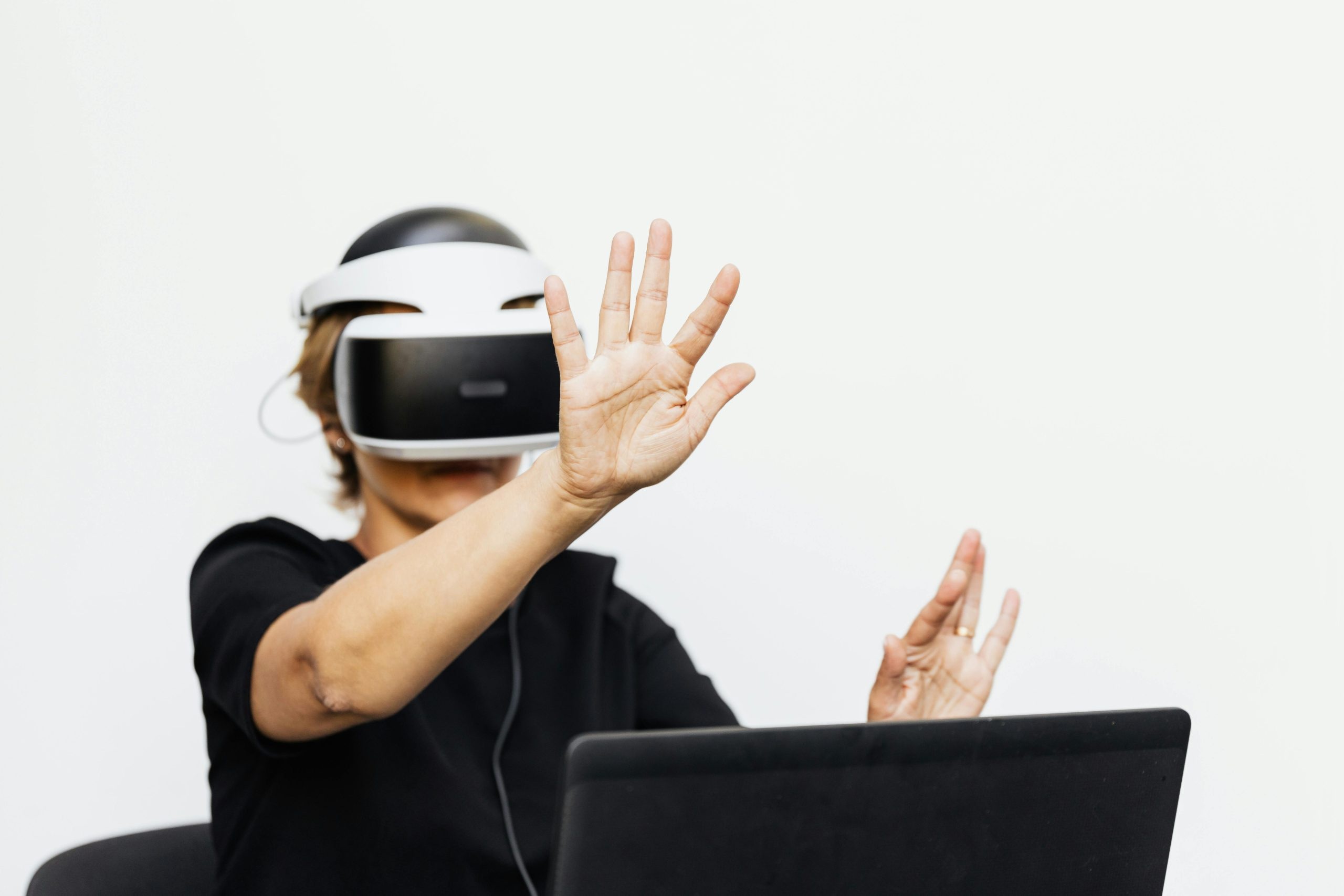Smart Living Technologies: Transforming Residential Experiences
Welcome to the age of smart living! With the rapid advancement of technology, our residential experiences are being transformed like never before. From automated lighting and temperature control to voice-activated personal assistants, our homes are becoming smarter and more sophisticated. This is all thanks to the rise of smart living technologies, which are revolutionizing the way we interact with our living spaces and making our lives more efficient, convenient, and comfortable. In this article, we will explore how these smart living technologies are transforming residential experiences and the benefits they bring. So sit back, relax, and let’s dive into the exciting world of smart living technologies.
The Smart Living Technology Market
The market for smart living technology has been steadily growing over the past few years and is predicted to continue its upward trend. According to a report by Grand View Research, the global smart home market is expected to reach $184.72 billion by 2027, growing at a CAGR of 11.6%. This rise can be attributed to the increasing demand for home automation systems, rising awareness about energy conservation, and the growing popularity of Internet of Things (IoT) devices.
Types of Smart Living Technologies
The term “smart living” encompasses a wide range of technologies that are designed to make our homes more functional, comfortable, and secure. Here are some of the most popular types of smart living technologies that are transforming residential experiences:
1. Home Automation Systems
A home automation system allows homeowners to control and manage various aspects of their homes, such as lighting, temperature, security, and entertainment, using a single device or a mobile app. This technology has made our lives more convenient, saving us the hassle of manually operating different devices and systems. With just a few taps on a smartphone, users can turn on lights, adjust thermostats, lock doors, and control home appliances.
2. Voice-Activated Personal Assistants
Voice-activated personal assistants, such as Amazon Alexa and Google Home, have gained immense popularity in recent years. These AI-powered devices can perform a variety of tasks, including setting reminders, playing music, answering questions, and controlling smart home devices. The growing adoption of these devices has made it easier for users to manage their daily routines and stay connected to their homes, even when they are away.
3. Energy Management Systems
Smart homes are also energy-efficient homes. Energy management systems allow homeowners to keep track of their energy consumption and control it based on their daily routines and preferences. For instance, lights and appliances can be set to turn off automatically when a room is unoccupied, resulting in significant energy savings. This technology not only helps homeowners cut down on their energy bills but also reduce their carbon footprint.
4. Home Security Systems
The security of our homes is of utmost importance, and smart living technologies are making our homes safer than ever before. Smart security systems include features such as surveillance cameras, motion detectors, and remote door locking, which can all be controlled and monitored using a smartphone. These systems provide homeowners with peace of mind, knowing that they can easily keep an eye on their homes and loved ones, even when they are away.
The Benefits of Smart Living Technologies
The integration of smart living technologies in our homes offers numerous benefits beyond just convenience and comfort. Here are some key advantages of embracing these technologies:
1. Increased Efficiency and Time Savings
Smart living technologies have streamlined many of our daily tasks, freeing up more time for us to do the things we love. Imagine coming home to a perfectly lit and temperature-controlled environment, without having to manually adjust anything. Or setting your coffee machine to brew your morning coffee, so it’s ready when you wake up. These small conveniences add up and save us valuable time and effort.
2. Remote Access and Control
Thanks to the internet connectivity of smart living devices, we can now control our homes from anywhere in the world. This means we can keep an eye on our homes and manage our devices even when we are on vacation or at work. Forgot to turn off the lights before leaving? No problem, just a few taps on your smartphone and you’re good to go.
3. Cost Savings
While the initial cost of installing smart living technologies may seem expensive, they can actually result in significant cost savings in the long run. With energy management systems and smart appliances, users can expect a reduction in their energy bills. Additionally, these technologies can also help prevent costly damages, such as water leaks, by alerting users in real-time, allowing them to take immediate action.
4. Customization and Personalization
Smart living technologies offer a high level of customization and personalization, allowing users to tailor their living spaces to their specific needs and preferences. From setting the perfect lighting for a movie night to creating a schedule for automatic temperature adjustments, smart living technologies give users full control over their homes.
The Future of Smart Living Technologies
As smart living technologies continue to evolve, we can expect more innovative and sophisticated devices to enter the market. With the rise of artificial intelligence and machine learning, these technologies will become more intuitive and cater to our needs and behaviors in a more personalized manner. We can also expect to see more integration between different smart devices, creating a fully connected home ecosystem.
In conclusion, smart living technologies are transforming residential experiences in more ways than one. These technologies have made our homes more convenient, secure, and energy-efficient, while also providing us with more time to enjoy the things that matter. With the market for these technologies projected to grow even further, it’s safe to say that smart living is here to stay. Are you ready to embrace the smart living revolution?











